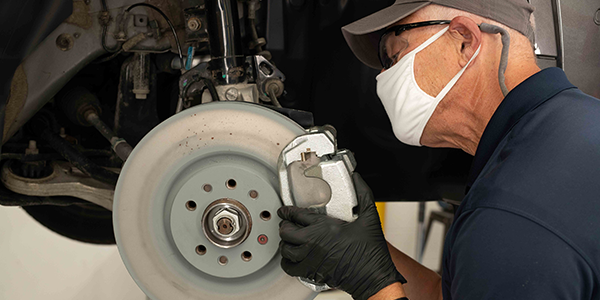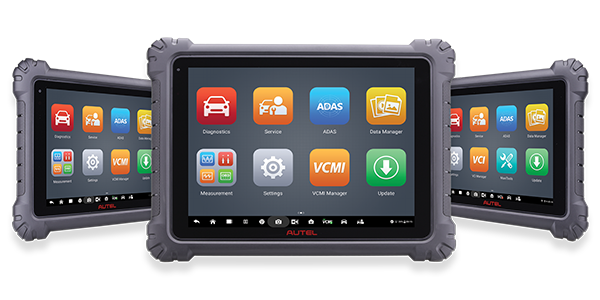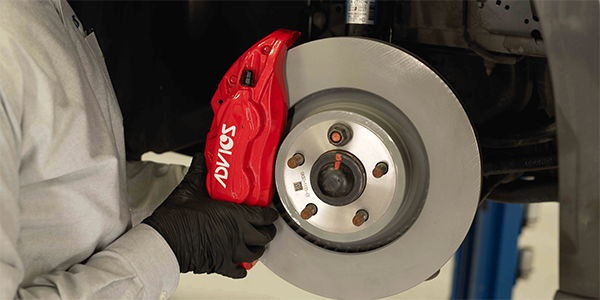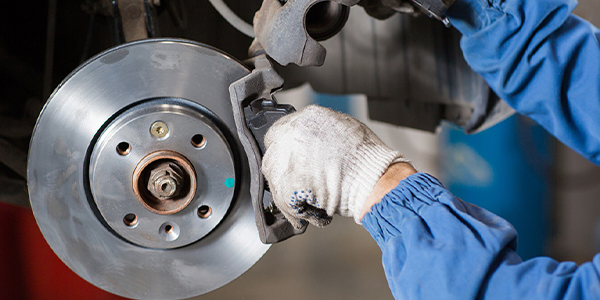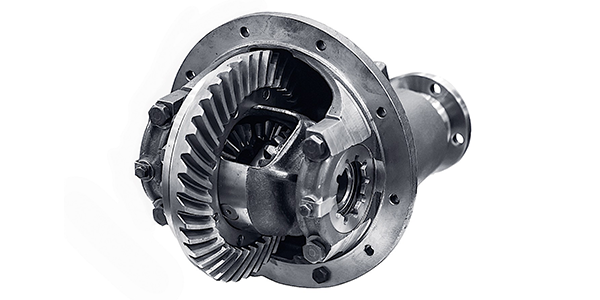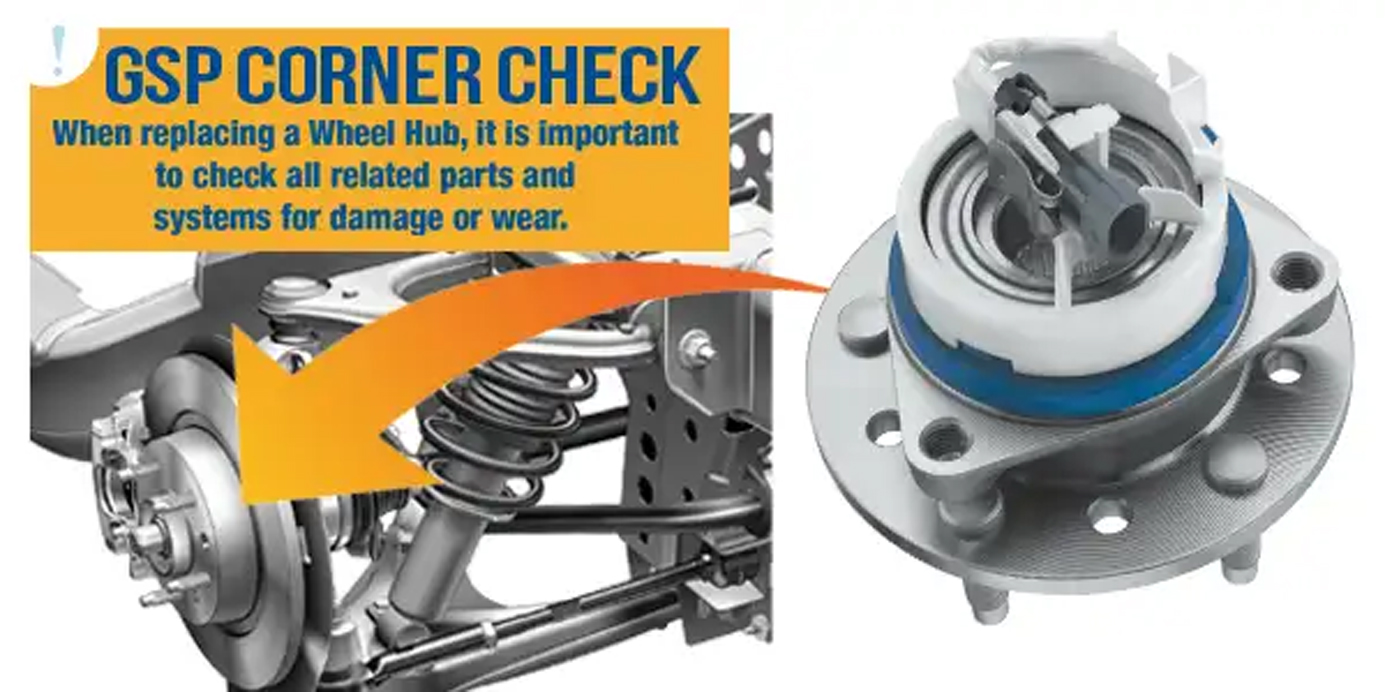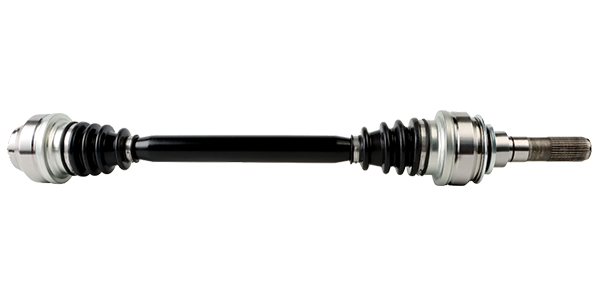Brake pads and rotors should always be replaced in pairs. Pairing new pads with worn rotors could cause a lack of proper surface contact between the pads and rotors, resulting in noise, vibration, or less-than-peak stopping performance. While there are different schools of thought on this paired part replacement, at ADVICS, our technicians always recommend replacing brake pads and rotors at the same time to keep the vehicle in peak working order, and more importantly, to ensure the braking system delivers the safest and most reliable stop possible.
Check Rotor Thickness
Although it’s recommended to replace brake pads and rotors at the same time, they are ultimately two separate parts and can be worn differently, so it’s important to check rotor thickness as part of your inspection.
Rotors must maintain a certain thickness in order to deliver proper stopping power, avoid warping and deliver proper heat dissipation. If rotors aren’t measuring thick enough, you’ll know immediately that they should be replaced, no matter the condition of the pads.
Check Brake Pad Wear
Regardless of the condition of the rotors, you must also check the brake pads for condition and wear. Brake pads can wear in specific patterns that may indicate problems with the braking system, poor rotor condition and more, so paying close attention to the condition of the brake pads, as well as any wear patterns you can detect, is key.
If pads are worn, or worn in specific patterns, past the point of safety, they should also be replaced regardless of the condition or age of the rotors.
What About Rotor Turning?
If during inspection you notice that the surface of the rotors looks damaged or uneven, it may be tempting to turn or resurface them – an option which can be significantly cheaper than fitting the car with new rotors all together.
However, turning rotors does impact rotor thickness, and as we know, rotor thickness is a critical component for safe stopping and brake system performance.
If a customer’s budget is truly limited and they are not able to afford new rotors, turning can be an option, but is not recommended. You can think of rotor turning as a short-term solution. As the customer continues to drive, and especially if they have just had fresh pads installed, but are using turned rotors, it will only be a matter of time before the rotors will need to be replaced and braking becomes compromised.
The fresh pads will be applying optimal force onto the old, turned rotors, wearing them down more quickly than if they were replaced at the same time as the new brake pads.
The Bottom Line
Ultimately the decision of whether or not to replace pads and rotors at the same time will have to be handled by individual case.
If pads and rotors are both worn to a significant degree, you should always recommend complete replacement for optimal safety and reliability.
If wear has taken place and a customer’s budget is limited, you should take whatever action will provide the safest braking for that customer. In some cases, you may have no option other than to turn the rotors, but always be sure to thoroughly explain the pros and cons of doing so.
Ideally, every brake job should consist of brake pad and rotor replacement for each axle, as needed, using ultra-premium parts that are designed to work together. When replaced at the same time, ADVICS ultra-premium brake pads and rotors deliver 100% same pedal feel as the OE product, up to 51% less braking noise and a 46% longer pad life.
These are just some of the benefits of using ultra-premium products in the shop, which are then directly passed on to the customer when a full brake job is performed, consisting of brake pad and rotor replacement in tandem.
This Article is Sponsored By: Advics

